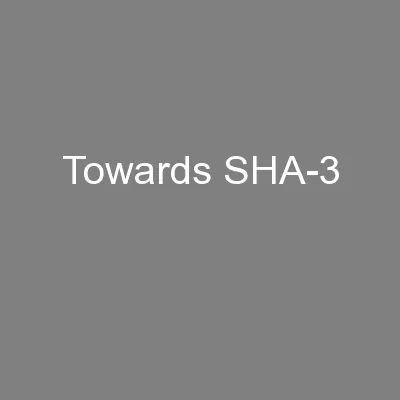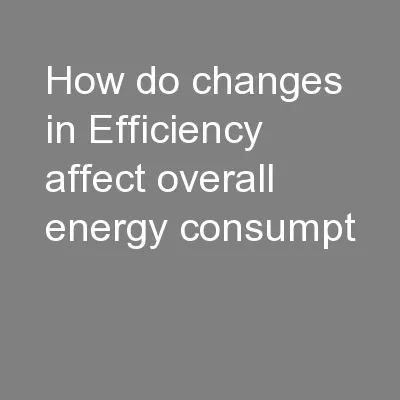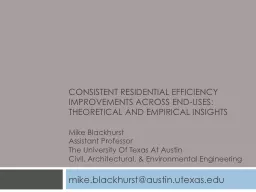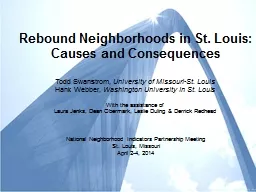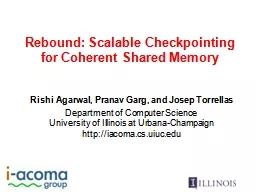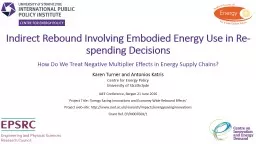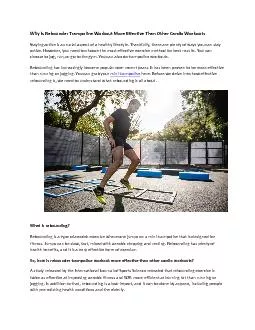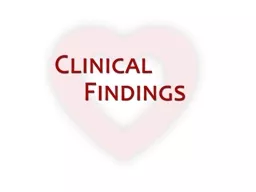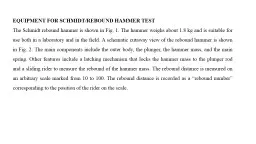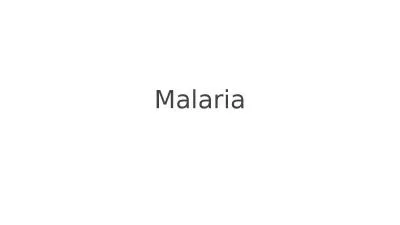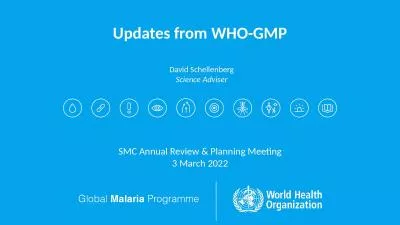PPT-Seasonal Malaria Chemoprevention: “Rebound”
Author : elysha | Published Date : 2024-01-29
Implementation Workshop on Seasonal Malaria Chemoprevention 1315 February 2017 Ouagadougou Burkina Faso Dr Peter OLUMESE Global Malaria Programme WHO Geneva Switzerland
Presentation Embed Code
Download Presentation
Download Presentation The PPT/PDF document "Seasonal Malaria Chemoprevention: “Reb..." is the property of its rightful owner. Permission is granted to download and print the materials on this website for personal, non-commercial use only, and to display it on your personal computer provided you do not modify the materials and that you retain all copyright notices contained in the materials. By downloading content from our website, you accept the terms of this agreement.
Seasonal Malaria Chemoprevention: “Rebound”: Transcript
Download Rules Of Document
"Seasonal Malaria Chemoprevention: “Rebound”"The content belongs to its owner. You may download and print it for personal use, without modification, and keep all copyright notices. By downloading, you agree to these terms.
Related Documents


